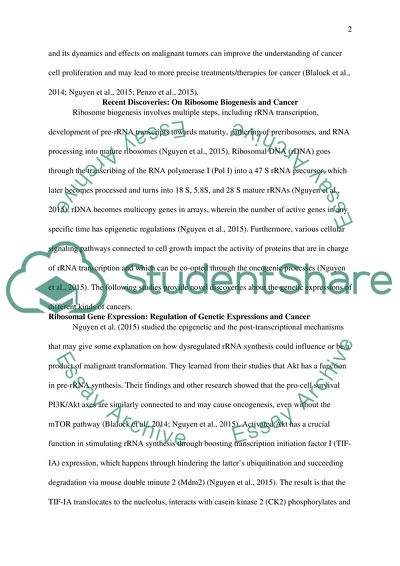Cite this document
(“New discoveries in physiology in last 5 years Research Paper”, n.d.)
New discoveries in physiology in last 5 years Research Paper. Retrieved from https://studentshare.org/miscellaneous/1694954-new-discoveries-in-physiology-in-last-5-years
New discoveries in physiology in last 5 years Research Paper. Retrieved from https://studentshare.org/miscellaneous/1694954-new-discoveries-in-physiology-in-last-5-years
(New Discoveries in Physiology in Last 5 Years Research Paper)
New Discoveries in Physiology in Last 5 Years Research Paper. https://studentshare.org/miscellaneous/1694954-new-discoveries-in-physiology-in-last-5-years.
New Discoveries in Physiology in Last 5 Years Research Paper. https://studentshare.org/miscellaneous/1694954-new-discoveries-in-physiology-in-last-5-years.
“New Discoveries in Physiology in Last 5 Years Research Paper”, n.d. https://studentshare.org/miscellaneous/1694954-new-discoveries-in-physiology-in-last-5-years.


